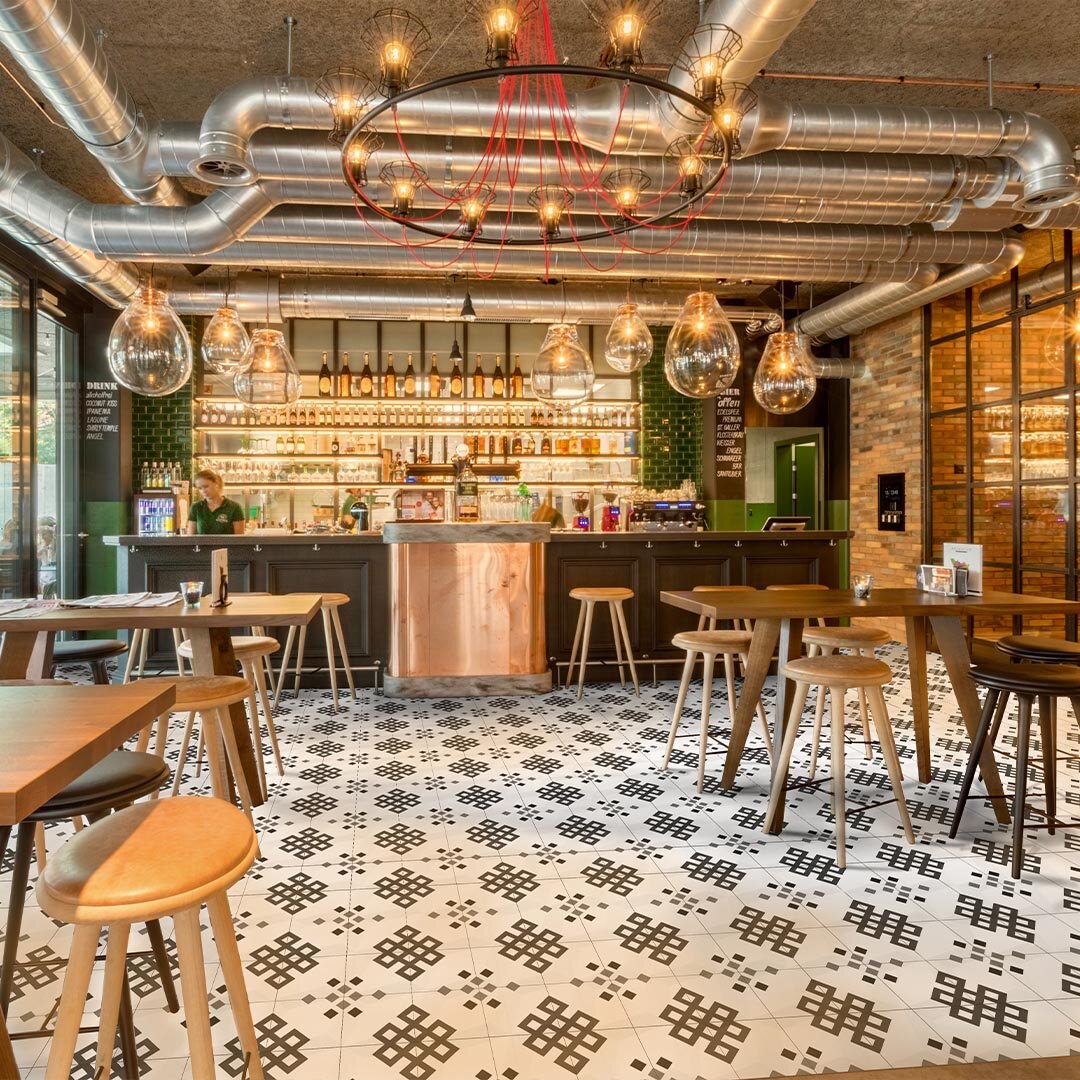Tiles made using Air Pollution
Carbon Craft Design, a Mumbai based startup, has developed Carbon Tile - a first of its kind to be made using Air Pollution - that aims to offset the world's carbon emissions at scale through conventional building element.
By Carbon Craft Design








Movement, the very nature of human kind is extracting natural resources and consuming energy at an unchecked rate. Our perceived progress is breaking the life supporting balance on Earth, especially due to air pollution. It is the most important health risk of our time. Among the toxins present in the polluted air, Particulate Matter (PM particles) are the most dangerous. Presently, 9 out of 10 people live in places where air quality exceeds WHO limits. Zooming in towards the causes, it can be found that the building & construction industry is the largest consumer of raw materials and responsible for 39% of total energy-related carbon emissions according to the World Green Building Council.
We are very likely to reach 9 billion of us by 2050. This imposes tremendous dependency on the construction sector to accommodate the increasing population. To sustain, it is important for us to shift towards a circular economy.
US$ 140 billion per year.
This is what it would take to make the changes we need to adapt. Sounds like a lot? but it’s less than 0.1% of global GDP.
Tejas Sidnal, founder of Carbon Craft Design observed that there were methods to capture pollution but the resulting question - what to do with the captured pollution - intrigued him to find a way to upcycle this into a new form. He envisioned an Architectural intervention that it cannot be only through technology but with the help of design & architecture, we can make a collective impact at a visible scale in solving this problem. Since 2016, the company has been designing, prototyping using local craft to figure a way to use the captured carbon as a resource in building material.
Conventional building materials are all around us due to their modularity and repeatability. So, we asked ourselves what if we infused this carbon in a building material to innovate scalable solutions.
One such material is Tile.
Tiles have been a historical significance in decorative spaces and artistic exhibitions. With the present day context, we designed Carbon Tiles to use its significance in commercialising environmental solutions. This is at the intersection of Craft, Design and Technology with the sole aim of building scalable solution.
To capture air pollution, we partnered with AIR-INK who pioneered the concept of recycling carbon emissions.
1 Carbon Tile is equivalent to cleaning 30,000 litres of air. That is 1 day of Clean Air for a person.
Every Carbon Tile is handcrafted right from the start. The process begins with Cutting, Shaping, Joining, Filling and lastly, Forming the tile. The captured pollution is initially processed to remove harmful heavy metal impurities, and fused with a mixture of cement and natural materials like marble derivatives to craft Carbon Tiles. The whole process consumes least amount of energy compared to the conventional ceramic tiles.
After rigorous prototyping, our tiles have passed all the standard tests of cement tiles.
Our design thinking is to communicate Climate Change issues. For us, Tile was a great way to start with. Inspired by the unique identities of the cities and the natural elements that define these cities, we created an exciting new range of flooring patterns.
It is applicable from a living space to a lobby area of an office.
We are on a path to address Climate Change issues through craft and design. To achieve it - We build products by upcycling air pollution.
Tejas Sidnal
Founder of Carbon Craft Design
Tejas is an Architect | Biomimetic Designer | Researcher from Mumbai. Having a strong inclination towards Biomimicry he has been researching over this field from the past 9 years. His passion lies in exploring sustainable innovative strategies for designing. Breathe is an international visiting school which he directs and runs at the intersection of Biomimicry - Material Science - Design. He has completed his masters from AA School of Architecture, London as a Tata Scholar and has now set up a platform for research - Carbon Craft Design, in Mumbai to experiment challenging work at the intersection of Tech - Craft - Design.

